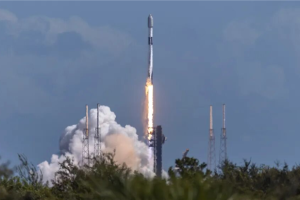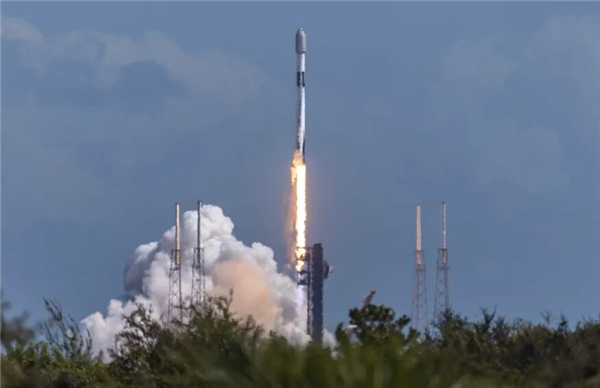May 24 2025 – The high-bandwidth memory (HBM) landscape is heating up as HBM4 emerges as the new battleground for memory giants. Samsung is stepping up its game with aggressive investments aimed at closing the gap with rival SK Hynix in this critical arena. As reported by tech media outlet ZDNet Korea yesterday (May 22), Samsung is planning to expand its 1c DRAM (sixth-generation 10nm-class) production facilities in Hwaseong and Pyeongtaek, South Korea, with investments set to commence before the year’s end.
According to industry analyses, while SK Hynix and Micron have opted for 1b DRAM as the foundational technology for HBM4, Samsung has taken a bold stance by betting on the more advanced 1c DRAM. This move underscores Samsung’s confidence in enhancing the yield rates of 1c DRAM, a crucial factor in the competitive memory market.

In a further bid to ramp up production, Samsung is also contemplating the conversion of its Line 17 in Hwaseong from 1z DRAM to 1c DRAM manufacturing by the end of this year. This strategic shift is expected to significantly boost the company’s capacity to meet the growing demand for HBM4.
Earlier this year, Samsung initiated operations at its first 1c DRAM production line in Pyeongtaek’s fourth campus (P4), with an initial target monthly capacity of 30,000 wafers. Should the subsequent expansion plans proceed smoothly, the monthly output could surge to 40,000 wafers, bolstering Samsung’s position in the HBM4 market.
In a related development, South Korean media outlet Chosun Biz reported in April that Samsung had achieved a yield rate exceeding 40% for its 4nm logic chips, a key component for 12-layer HBM4, during test production runs. This milestone represents a significant step forward in Samsung’s efforts to solidify its foothold in the HBM4 segment.
Looking ahead, market research firm TrendForce forecasts that driven by robust demand, total HBM shipments are set to surpass 30 billion gigabits in 2026. Notably, HBM4 is projected to overtake HBM3e as the predominant solution in the market during the second half of 2026, signaling a pivotal shift in the high-bandwidth memory landscape.












